The magic of classic cinema often hinged on the electricity between its leading couples. During the ’60s and ’70s, certain pairs of actors created such authentic connections that audiences couldn’t look away. Sometimes these sparks flew from real-life romances, while other times they came from perfect casting and exceptional talent. These unforgettable duos defined an era of filmmaking where chemistry wasn’t manufactured—it was undeniable.
1. Paul Newman & Joanne Woodward
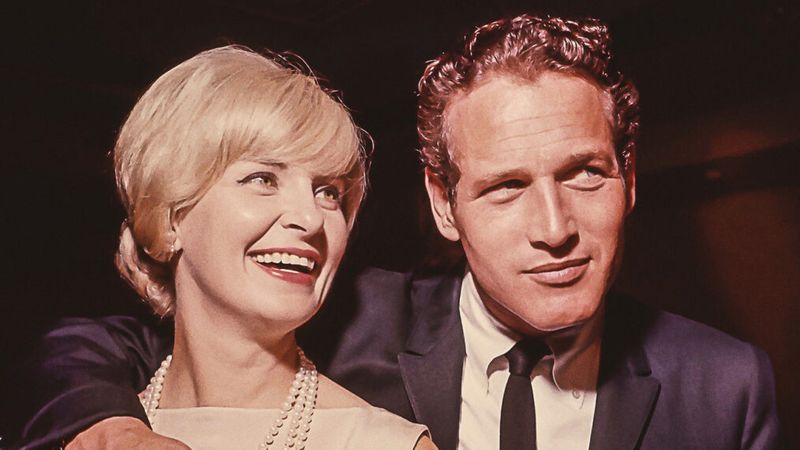
Unlike many Hollywood couples, Newman and Woodward’s 50-year marriage provided a foundation of trust that translated to authentic onscreen magic. Their collaboration in “Rachel, Rachel” (which Newman directed) showcased Woodward’s vulnerable brilliance while revealing their deep understanding of each other’s craft. Newman once famously said about fidelity: “Why go out for hamburger when you have steak at home?”
This mutual respect permeated their performances together, creating subtle, nuanced moments other couples couldn’t replicate. Their partnership in films like “The Long, Hot Summer” demonstrated how real-life intimacy could enhance performances without overplaying romance.
2. Richard Burton & Elizabeth Taylor
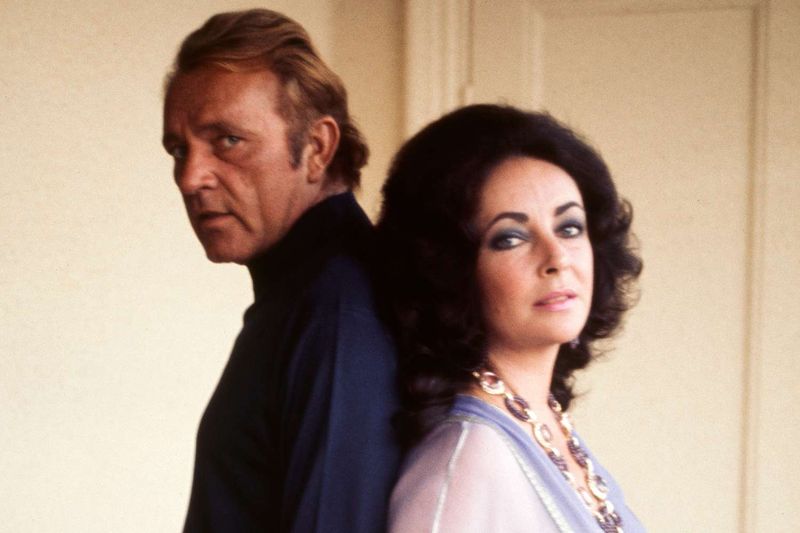
Their volcanic love affair began on the set of “Cleopatra” and continued through 11 films together. The intensity of their real relationship spilled effortlessly onto the screen, creating moments of raw emotion that still captivate viewers today. In “Who’s Afraid of Virginia Woolf?”, they channeled their own turbulent relationship into devastating performances that earned Taylor an Oscar. Their fights and reconciliations weren’t just acting—they were drawing from personal experience.
Married and divorced twice, Burton and Taylor couldn’t escape their magnetic pull toward each other, creating a cinematic legacy where the line between performance and reality completely disappeared.
3. Ryan O’Neal & Ali MacGraw
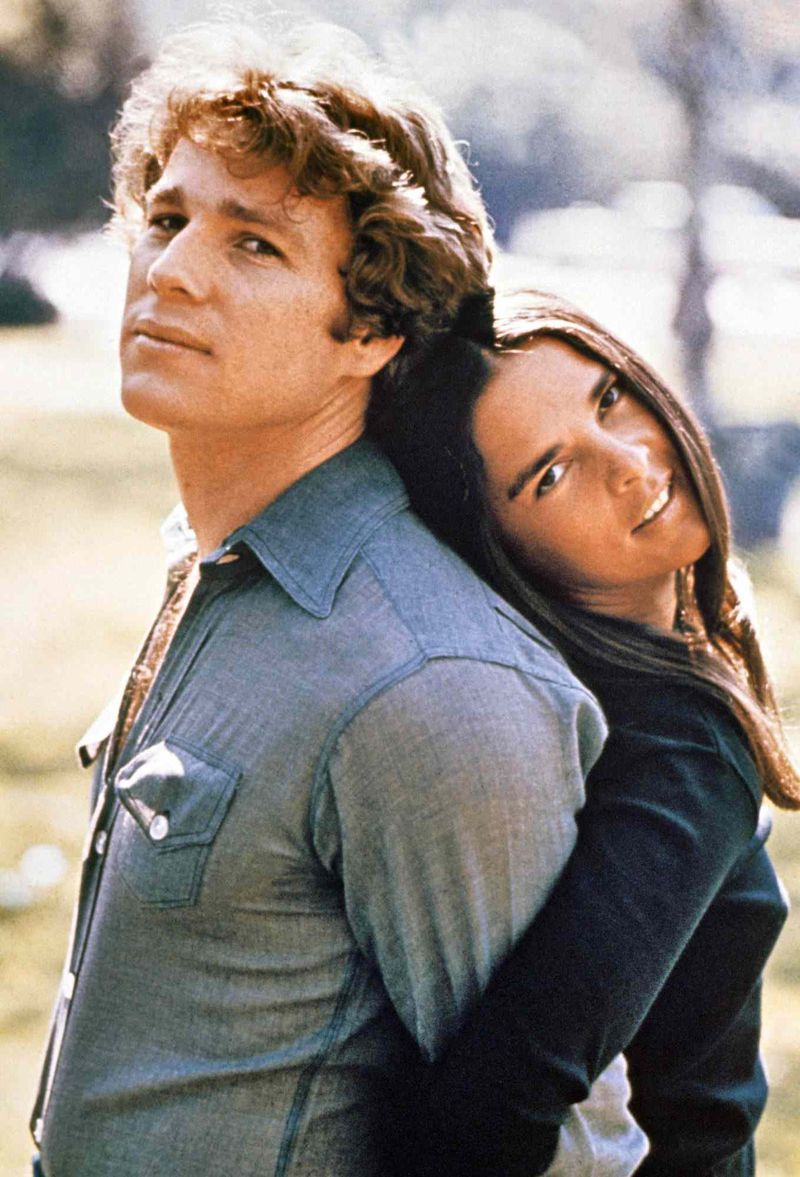
“Love means never having to say you’re sorry” became the catchphrase of a generation after O’Neal and MacGraw’s portrayal of doomed lovers in 1970’s “Love Story.” Their chemistry was so convincing that audiences worldwide sobbed through their tragic romance. MacGraw’s fresh-faced earnestness paired perfectly with O’Neal’s preppy vulnerability. Neither had to force the connection—it simply existed from their first scene together.
The film’s director, Arthur Hiller, barely needed to guide their interactions. Their natural rapport created a believable journey from collegiate meet-cute to devastating hospital deathbed that continues to break hearts decades later.
4. Gene Hackman & Faye Dunaway
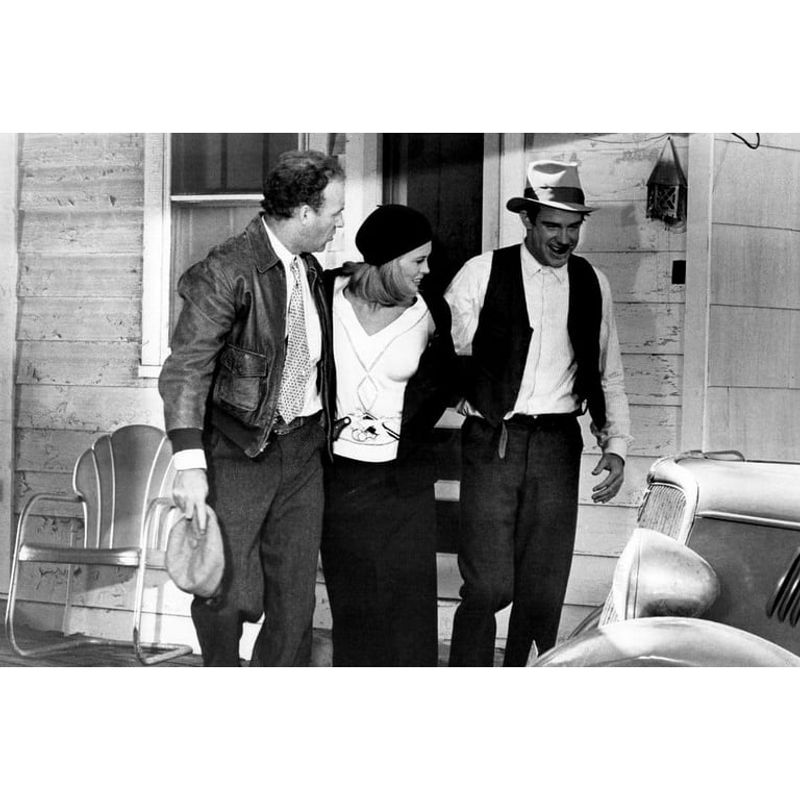
Hackman and Dunaway brought intellectual electricity to their scenes together, particularly in Francis Ford Coppola’s paranoid thriller “The Conversation.” Their dynamic wasn’t about obvious romance but rather complex power plays and unspoken intentions. Dunaway’s enigmatic presence perfectly complemented Hackman’s anxious surveillance expert. Every glance between them carried multiple possible meanings, keeping audiences constantly guessing about their true relationship.
What made their chemistry special was its ambiguity—were they adversaries, potential lovers, or something else entirely? This tension created some of the most memorable and unsettling moments in 1970s cinema, proving chemistry doesn’t always mean romance.
5. Jane Fonda & Donald Sutherland
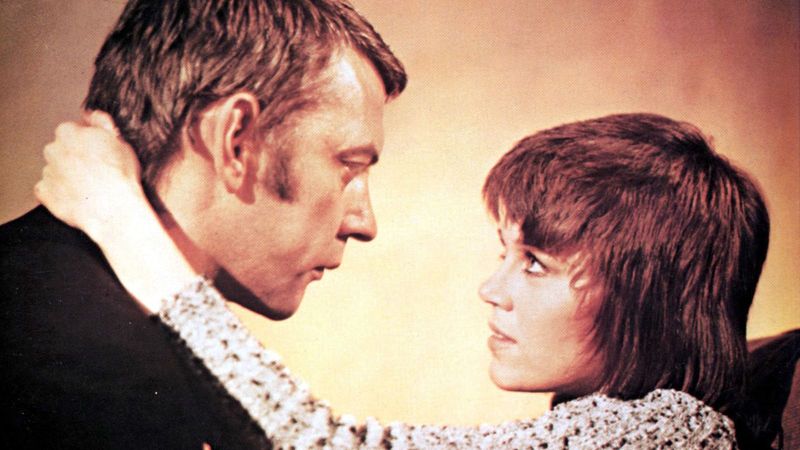
As call girl Bree Daniels and detective John Klute, Fonda and Sutherland created one of cinema’s most psychologically complex relationships. Their chemistry wasn’t built on traditional romance but on a fascinating power dynamic where vulnerability and protection constantly shifted between them. Fonda’s Oscar-winning performance revealed layers of defensive toughness and hidden fragility. Sutherland’s restrained detective provided the perfect counterbalance—watchful, judging, yet increasingly drawn to her.
Off-screen, their shared anti-war activism during a politically charged era added another dimension to their connection. This real-world alliance infused their scenes with an unspoken understanding that transcended the script.
6. Dustin Hoffman & Katharine Ross
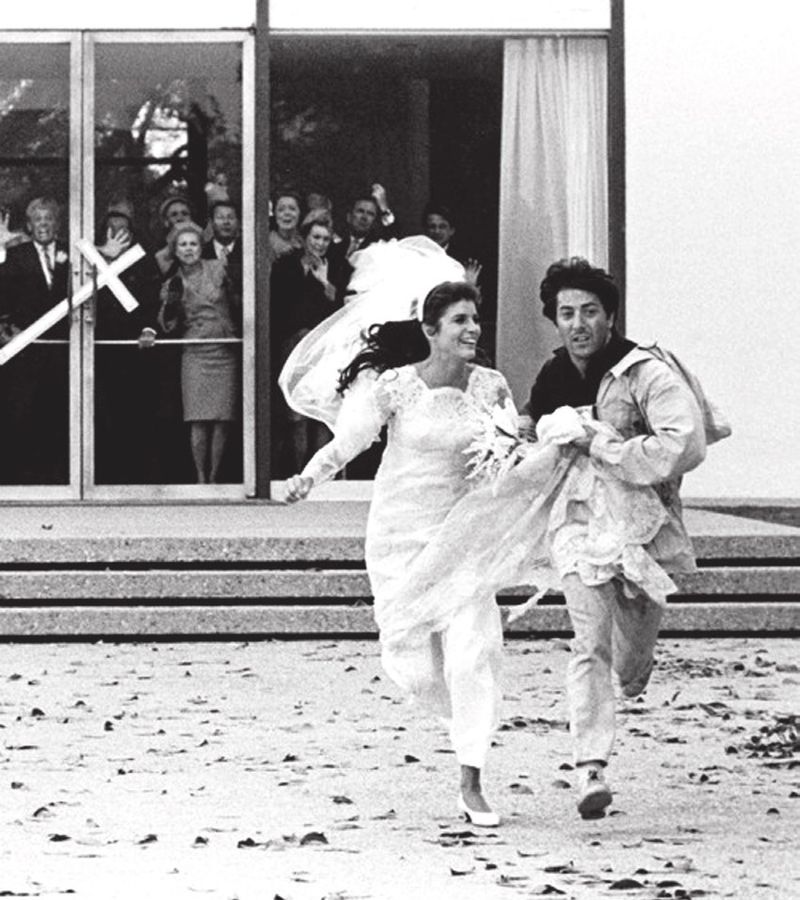
Few films captured intergenerational awkwardness better than “The Graduate,” where Hoffman’s Benjamin Braddock finds himself torn between Anne Bancroft’s Mrs. Robinson and her daughter Elaine, played by Katharine Ross. The uncomfortable chemistry between Hoffman and Ross perfectly embodied the film’s exploration of youthful rebellion and confusion. Director Mike Nichols famously shot their scenes to emphasize discomfort—Benjamin’s nervous energy contrasting with Elaine’s innocent allure.
Their famous final bus scene, with its shift from triumph to uncertainty, remains one of cinema’s most analyzed moments. Despite limited screen time together, their connection felt authentic precisely because it wasn’t smoothly romantic but realistically tentative.
7. Robert Redford & Barbra Streisand
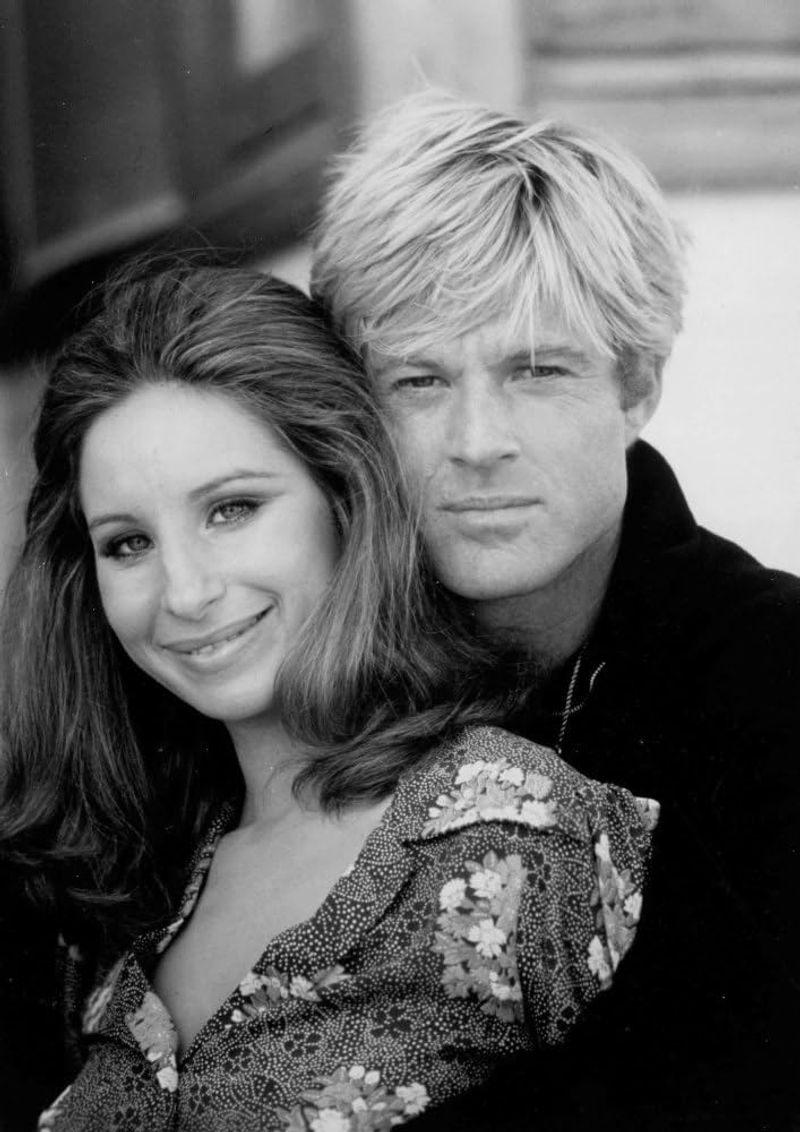
Golden boy meets passionate activist—Redford and Streisand’s pairing shouldn’t have worked, which is exactly why it did. Their contrasting energies—his restrained WASP charm against her fiery Jewish intensity—created one of cinema’s most memorable romantic tensions. Director Sydney Pollack initially worried about their chemistry but discovered magic in their differences. Redford’s natural reluctance to emote perfectly matched his character, while Streisand’s emotional openness made their scenes crackle with authentic friction.
Their beach confrontation and final bittersweet meeting rank among the most heartbreaking in film history. The pair never worked together again, preserving the special quality of this singular collaboration.
8. Steve McQueen & Ali MacGraw
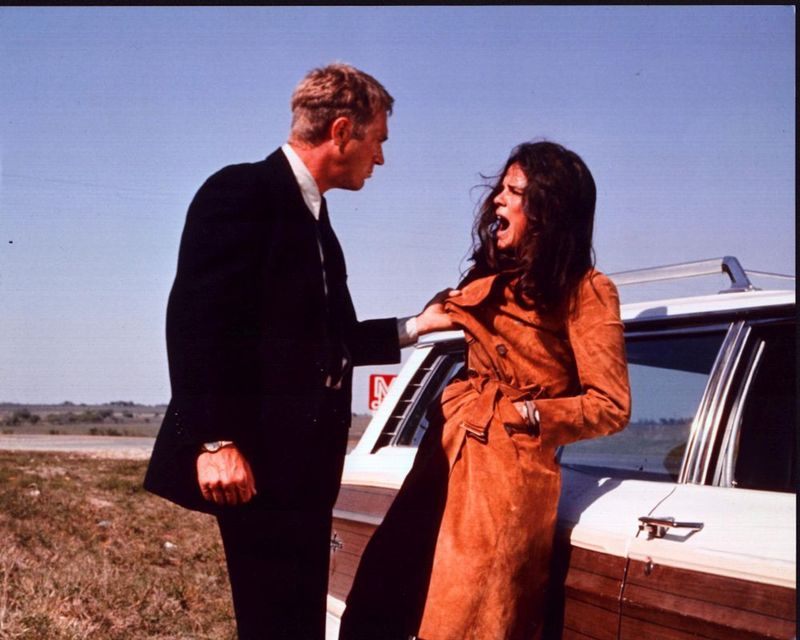
McQueen and MacGraw fell in love while filming Sam Peckinpah’s 1972 crime thriller “The Getaway,” and their off-screen affair (while MacGraw was married to producer Robert Evans) fueled their on-screen intensity. Their genuine attraction created a believable desperation as they portrayed criminals on the run. MacGraw later admitted, “I was madly in love with Steve McQueen. Our romance on screen was not acting.” This authenticity shows in every frame they share—especially in quieter moments between action sequences.
McQueen’s trademark cool paired unexpectedly well with MacGraw’s sophisticated vulnerability. Their hotel room scenes contain a palpable intimacy that couldn’t be faked by actors merely playing at attraction.
9. Elizabeth Montgomery & William Asher
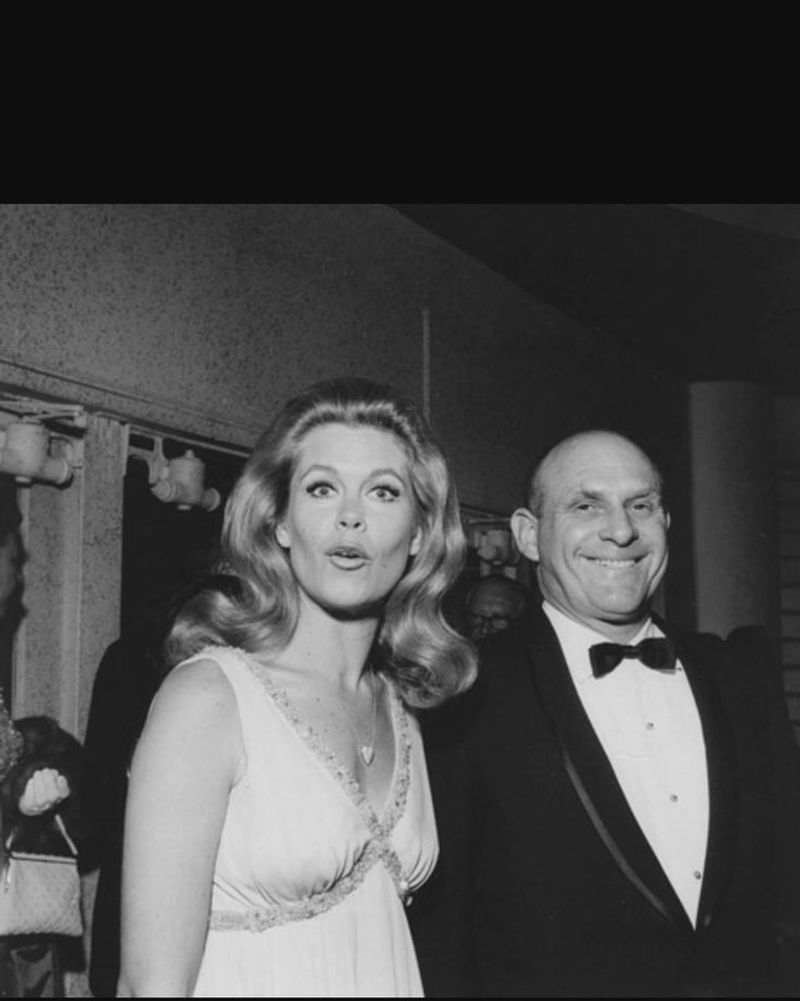
Montgomery and Asher brought their real-life marriage to the small screen when he directed her in the beloved sitcom “Bewitched.” As Samantha and her mortal husband Darrin (played by Dick York and later Dick Sargent), Montgomery’s performance was guided by someone who knew her intimately. Asher directed over 100 episodes of the series during their marriage, bringing an authentic understanding of domestic dynamics to the supernatural comedy.
Their personal shorthand created a comfortable atmosphere that allowed Montgomery’s natural charm to shine. Though their marriage ended before the series concluded, their collaborative creative period produced television magic that continues to enchant viewers in reruns decades later.
10. Clint Eastwood & Sondra Locke
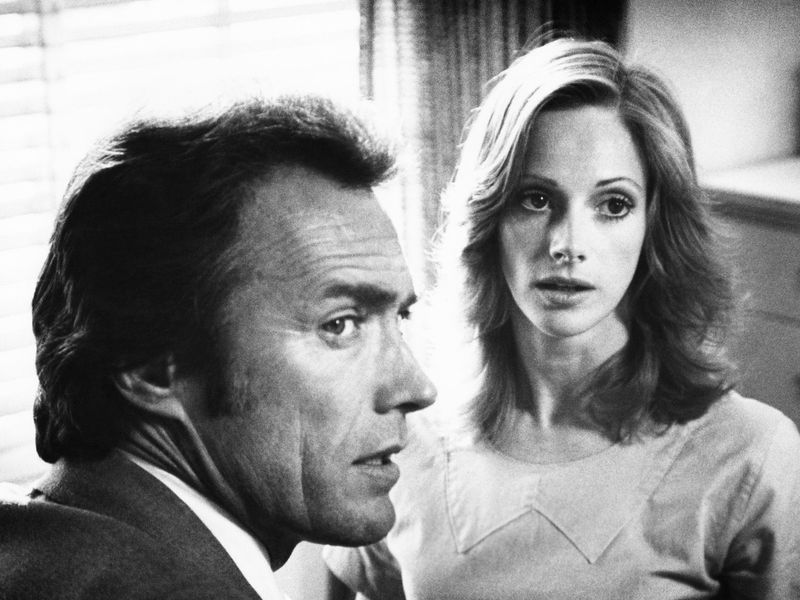
Eastwood and Locke’s 14-year relationship extended across six films, including “The Outlaw Josey Wales” and “Every Which Way But Loose.” Their real-life connection brought an unforced intimacy to their performances that audiences immediately recognized as authentic. As Eastwood transitioned from acting to directing, Locke became his most trusted collaborator. Their professional and personal entanglement created performances with subtle layers of understanding impossible to manufacture between strangers.
Though their relationship eventually ended in bitter legal battles, the films they made during their partnership captured genuine moments of connection. Their work together shows how real relationships—even complicated ones—can enhance screen chemistry.
11. Jack Nicholson & Faye Dunaway
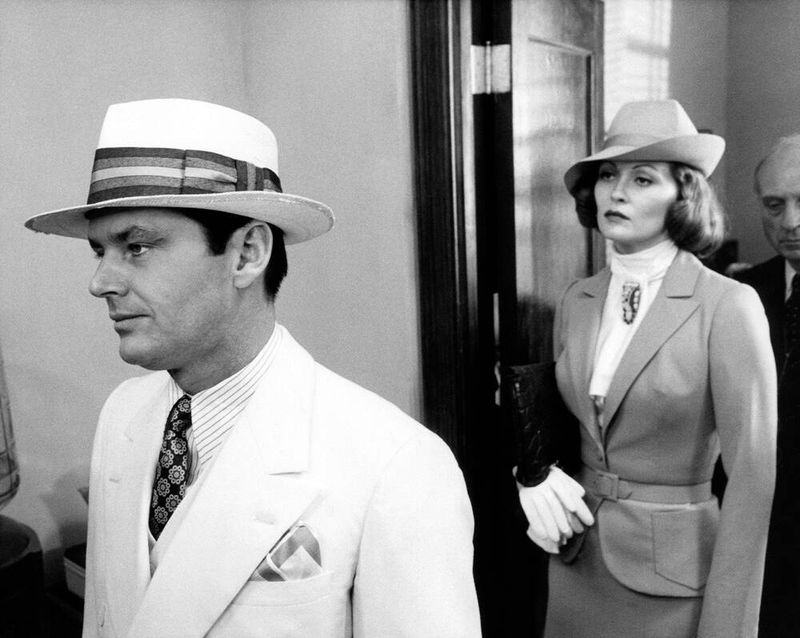
Film noir received a 1970s update with Roman Polanski’s “Chinatown,” where Nicholson and Dunaway created a smoldering tension that drove the mystery forward. As private detective J.J. Gittes and the mysterious Evelyn Mulwray, their scenes together balanced attraction with suspicion. Nicholson’s natural intensity found its perfect match in Dunaway’s guarded vulnerability. Their famous interrogation scene—”She’s my sister AND my daughter!”—works because both actors fully committed to the twisted emotional stakes.
12. Faye Dunaway & Warren Beatty
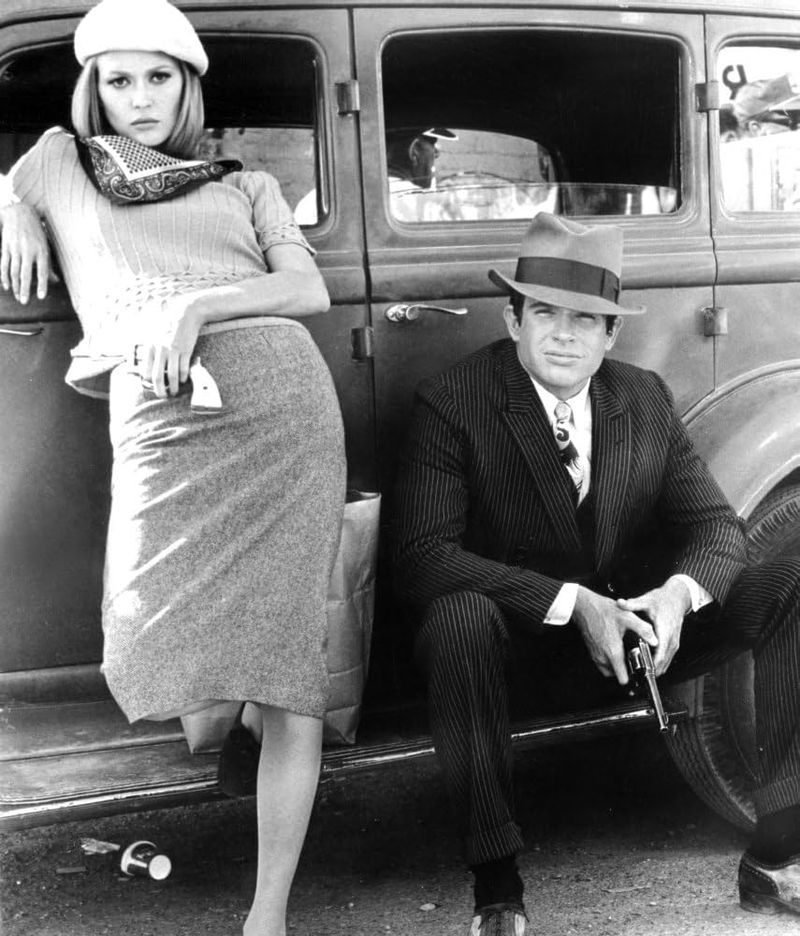
Their electric partnership in Bonnie and Clyde wasn’t just groundbreaking—it was unforgettable. Dunaway’s cool elegance and Beatty’s magnetic presence created a spark that lit up the screen. Together, they brought intensity, charm, and undeniable chemistry to every scene, making audiences believe these two were deeply connected—even beyond the script. Their dynamic remains one of the most iconic and authentic-feeling pairings of the era.
13. Michael Caine & Julie Christie
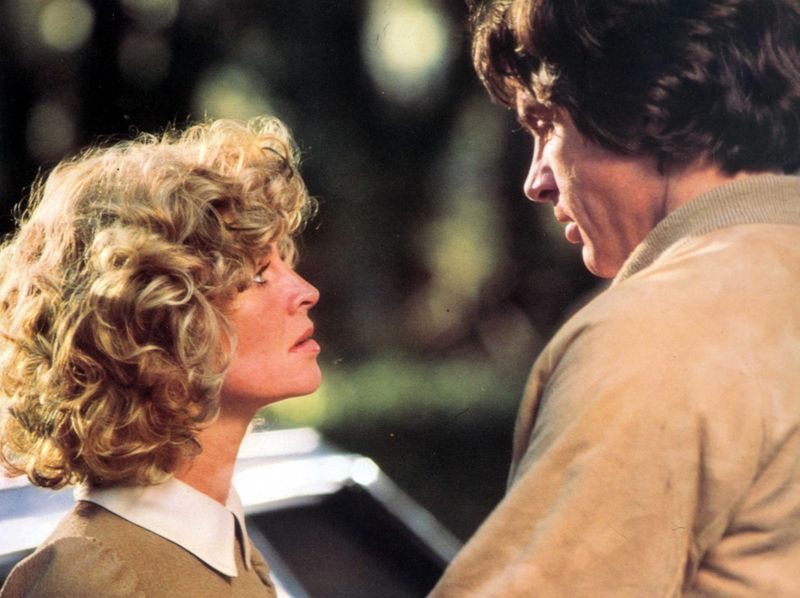
Caine and Christie embodied the changing face of British cinema in the 1960s, bringing working-class authenticity and modern sensibilities to their collaborations. In “Alfie,” Christie’s brief appearance opposite Caine’s womanizing protagonist created a memorable dynamic of equals rather than conquest. Their most significant pairing came in the period drama “The Go-Between,” where their forbidden attraction drives the narrative.
Despite limited scenes together, their chemistry communicates volumes about class, desire, and social constraints. Both actors brought an intellectual approach to their roles while maintaining natural charm. Their shared understanding of British social structures gave their interactions layers of meaning beyond romance.
14. Elizabeth Taylor & Montgomery Clift
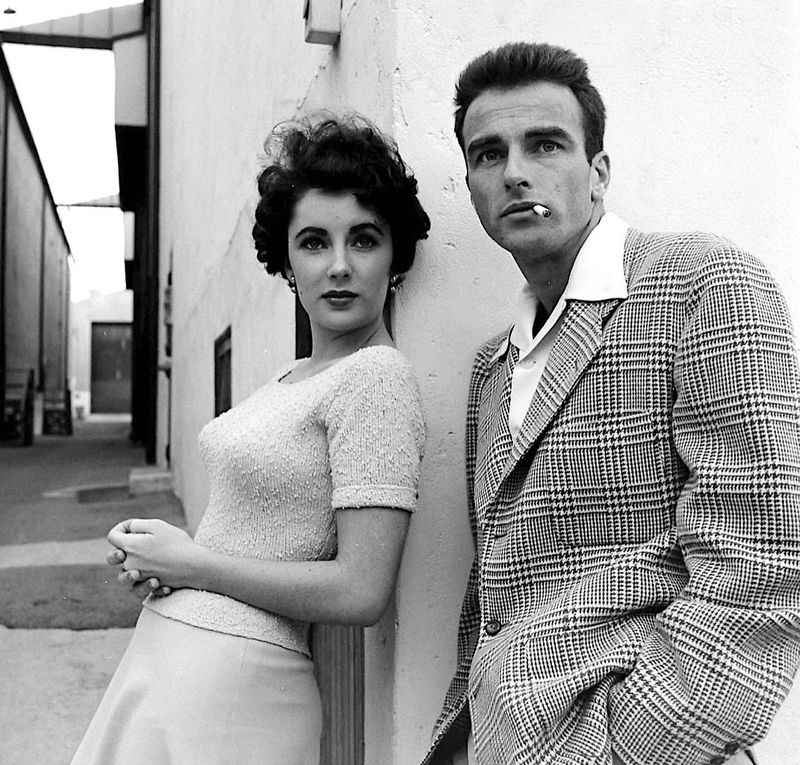
Though filmed in 1951, Taylor and Clift’s partnership in “A Place in the Sun” influenced a generation of actors in the ’60s with its psychological depth. Their connection transcended conventional romance—Taylor’s luminous beauty and Clift’s tortured sensitivity created scenes of almost painful intensity. Director George Stevens captured their chemistry in lingering close-ups that revealed their characters’ souls. The famous dance scene, where they fall in love while barely touching, demonstrates how powerful restraint can be.
Their off-screen friendship—Taylor reportedly saved Clift’s life after a car accident—added emotional authenticity to their work. Their genuine care for each other translated into performances of rare vulnerability.
15. Natalie Wood & Robert Wagner
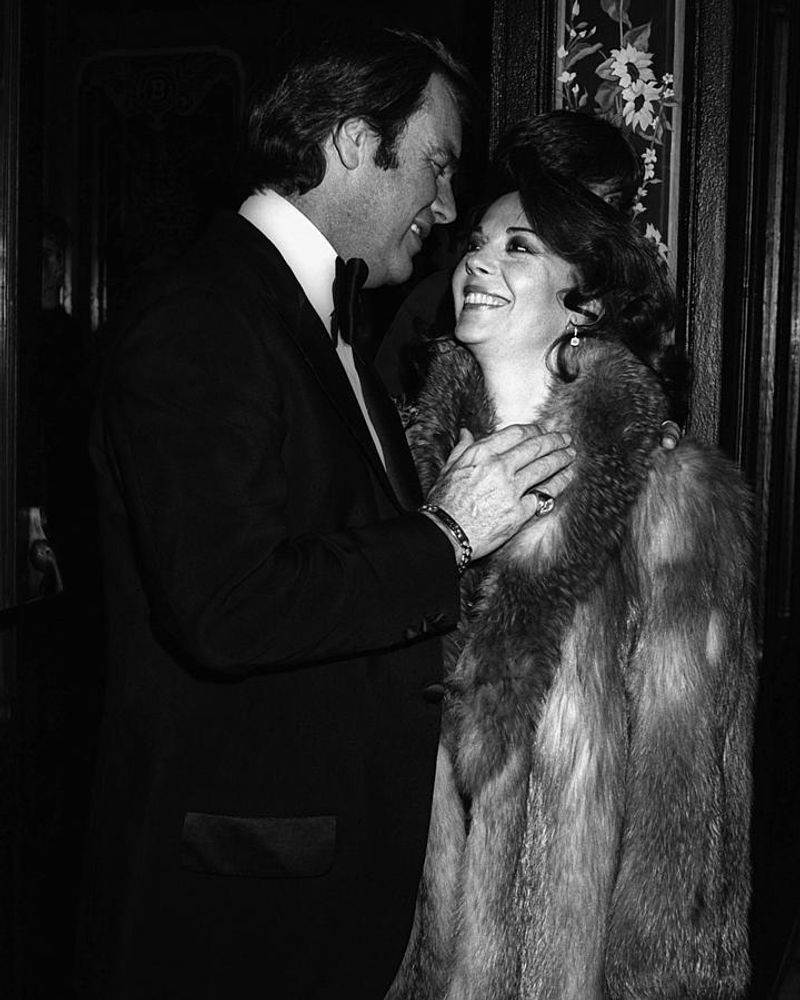
Wood and Wagner’s real-life relationship—married, divorced, then remarried—created fascinating subtext in their onscreen collaborations. Their appearances together in productions like “The Affair” showcased an intimate knowledge of each other’s emotional landscapes. Wagner later reflected: “We knew each other so well that we could anticipate reactions.” This familiarity allowed them to create moments of genuine connection rarely seen between actors who were merely pretending.
The public’s awareness of their complicated personal history added another layer of interest. Audiences watched their performances looking for clues about their real relationship, blurring the line between performance and reality in ways that heightened every shared scene.
16. William Holden & Faye Dunaway
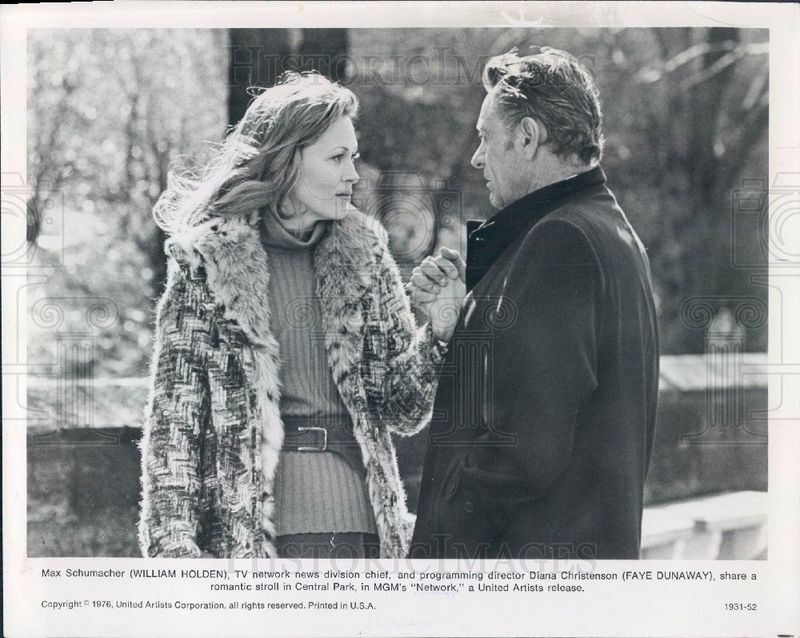
Amid the spectacular disaster scenes in “The Towering Inferno,” Holden and Dunaway created a surprisingly nuanced romance between a construction engineer and a magazine editor. Their chemistry stood out for its adult perspective—these weren’t young lovers but experienced people with complicated lives. Holden, then in his 50s, brought weathered charm that perfectly complemented Dunaway’s sophisticated vulnerability. Their scenes together provided emotional grounding amidst the film’s spectacular action sequences.
Director John Guillermin wisely gave their relationship room to breathe, understanding that these two veterans could communicate volumes with subtle glances. Their connection made audiences care about more than just the impressive special effects.
17. Marilyn Monroe & Tony Curtis
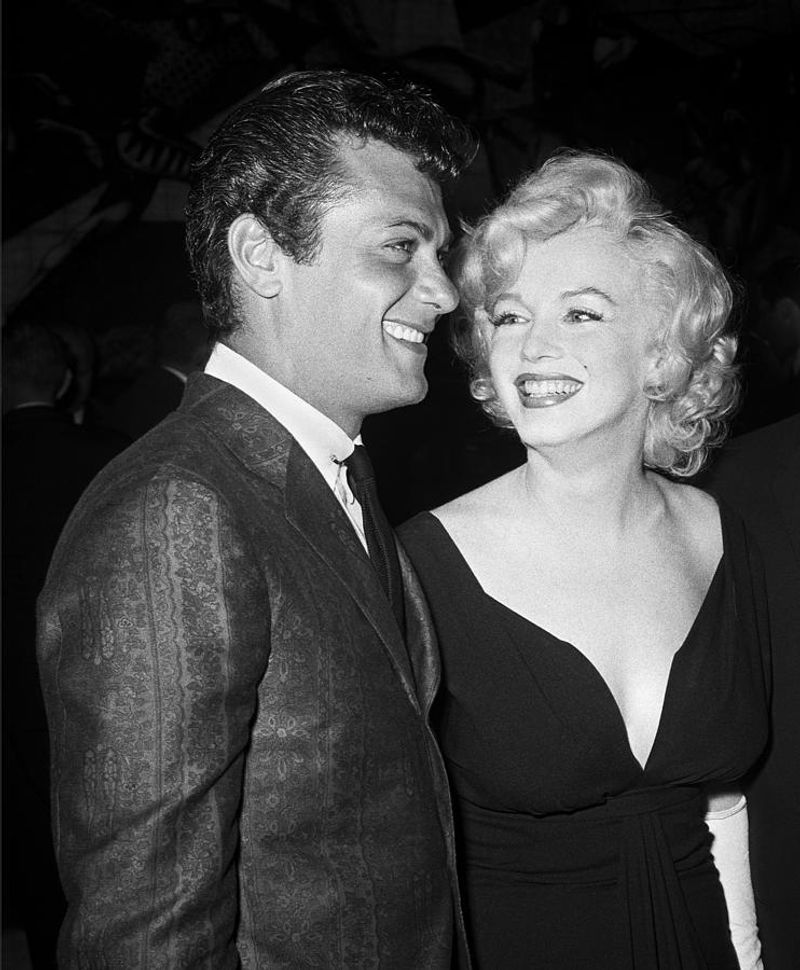
Despite Curtis’s famous quip that kissing Monroe was “like kissing Hitler” (due to difficult filming conditions), their onscreen chemistry in Billy Wilder’s “Some Like It Hot” was undeniable. As saxophone player Josephine (Curtis in drag) and singer Sugar Kane, they created comedic magic.
Monroe’s breathless vulnerability paired perfectly with Curtis’s confident charm, creating moments of genuine connection amidst the film’s farcical plot.
18. Richard Gere & Debra Winger
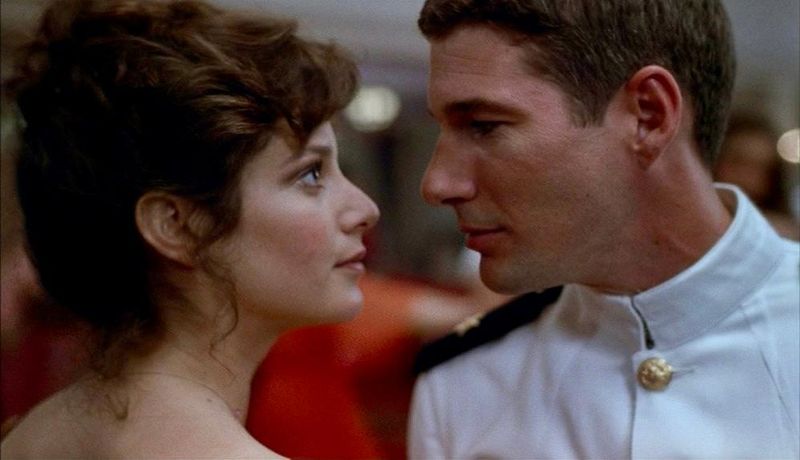
Though technically an early ’80s film, Gere and Winger’s chemistry in “An Officer and a Gentleman” drew direct comparisons to the great screen couples of the previous decades. Their famously contentious off-screen relationship somehow translated into authentic passion onscreen. Director Taylor Hackford noted: “They couldn’t stand each other, but that friction created sparks.” Their arguments during filming fueled scenes like their rain-soaked confrontation with an emotional honesty rarely achieved through more comfortable working relationships.
The film’s iconic ending—Gere in his white Navy uniform carrying Winger out of the factory—became one of cinema’s most recognized romantic moments precisely because the actors had earned that triumph through their challenging but electric partnership.
19. Ryan O’Neal & Farrah Fawcett
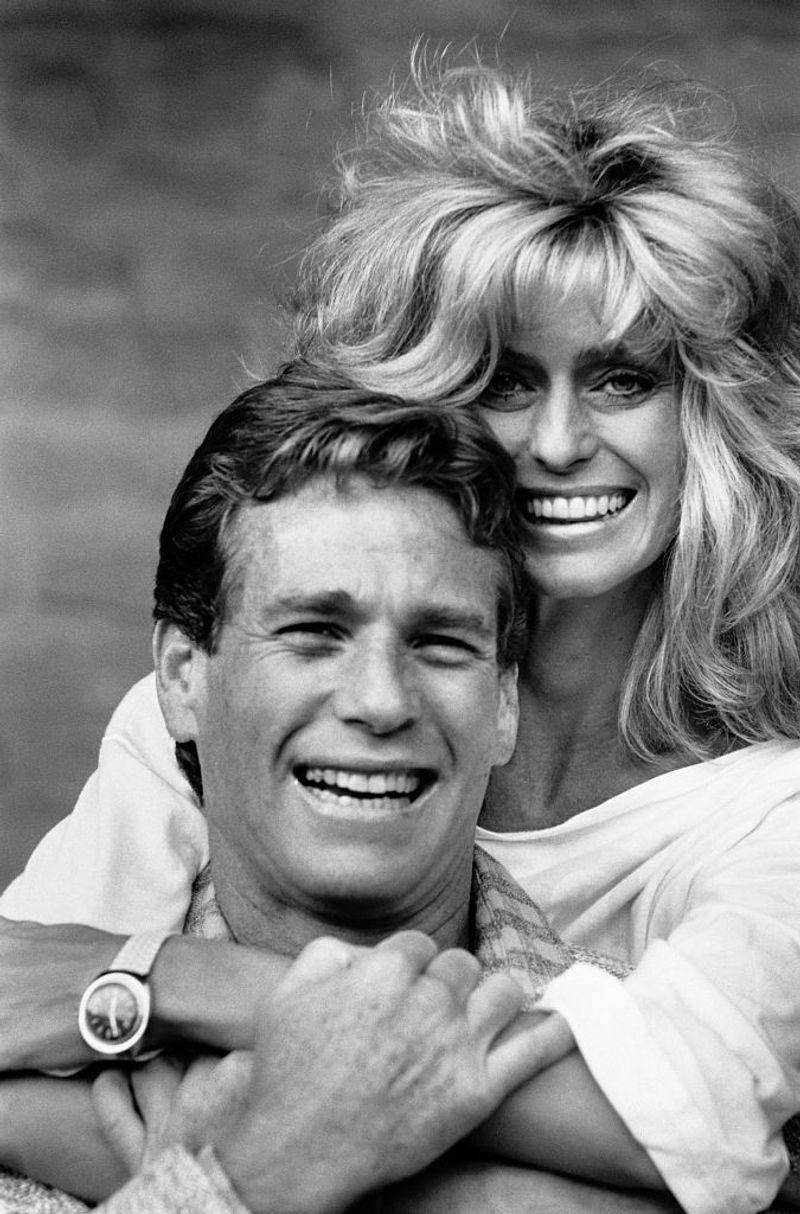
O’Neal and Fawcett’s 18-year relationship began after her appearance on “Charlie’s Angels” and continued through multiple film collaborations. Their real-life romance brought undeniable authenticity to projects like the comedy “Sunburn” and television movies they made together. Fawcett once said, “Our chemistry wasn’t manufactured—it was just there from the first moment.” This natural connection allowed them to move between comedy and drama with equal believability.
Though their relationship had its troubled periods, their professional collaborations consistently showcased a comfortable intimacy that only real couples can achieve. Their work together demonstrated how personal connection could enhance performances across various genres.
20. Mia Farrow & Frank Sinatra
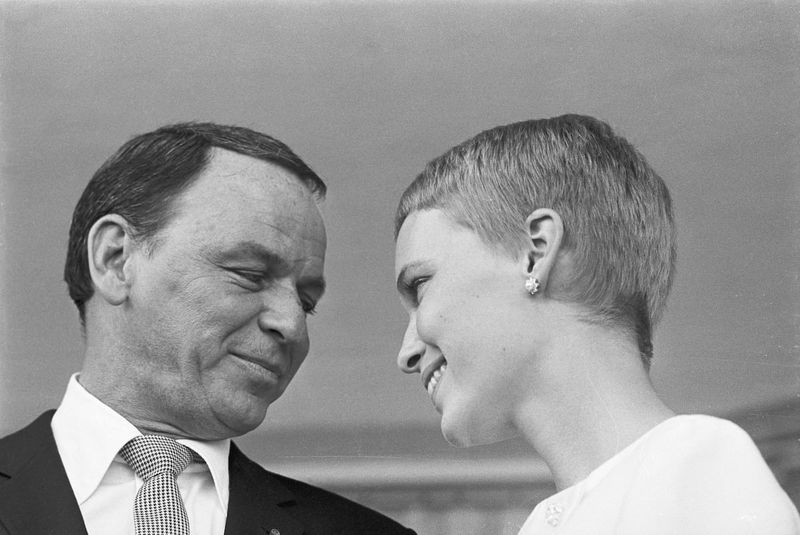
Though Sinatra didn’t appear in “Rosemary’s Baby,” his real-life marriage to Farrow during filming profoundly influenced her haunting performance. Director Roman Polanski captured Farrow’s genuine emotional turmoil as her marriage crumbled during production—Sinatra served her divorce papers on set. This personal upheaval contributed to Farrow’s portrayal of isolation and paranoia. Her vulnerability wasn’t acting but a reflection of her actual circumstances, creating one of cinema’s most authentic performances of psychological distress.
The film’s success established Farrow as a serious actress beyond her relationship with Sinatra. Their brief marriage created an unexpected artistic legacy through its influence on this horror classic.
21. Brigitte Bardot & Jean-Louis Trintignant
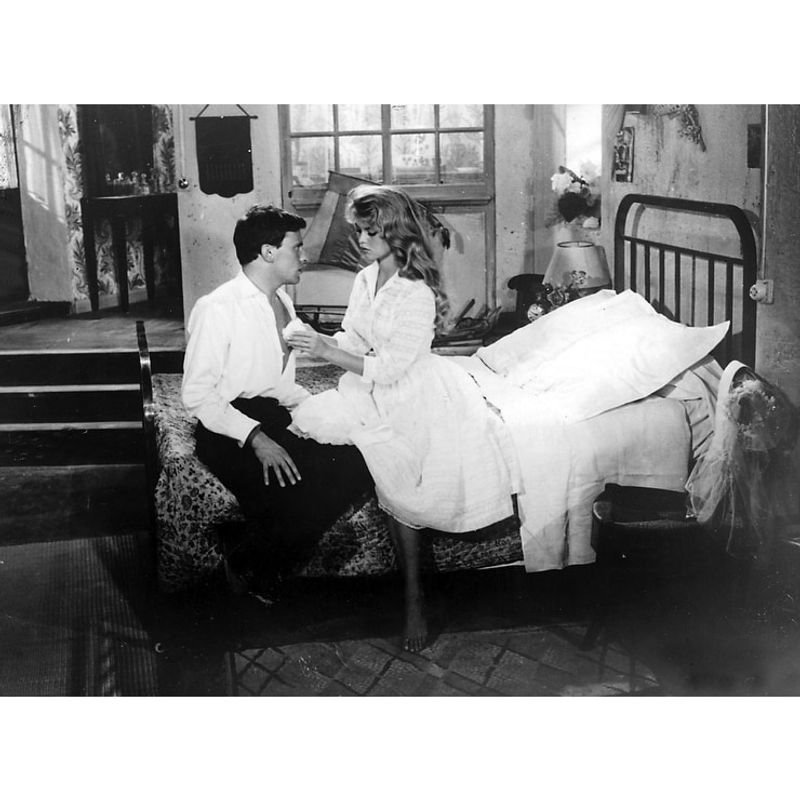
Brigitte Bardot & Jean-Louis Trintignant were a captivating onscreen duo whose natural chemistry lit up the screen in the 1968 film The Girl on a Motorcycle. Bardot’s bold charisma paired with Trintignant’s quiet intensity created a dynamic that felt effortless and deeply authentic. Though their film was known for its rebellious tone, their interactions brought a sense of emotional depth and connection that made the story more than just style—it was also about vulnerability, freedom, and self-discovery.

Comments
Loading…